Choose the best miter saw for you, then get clean, on-the-money results using these tips and techniques.
Miter saws help you do much more than simply cutting boards to length. With one, you can make clean and accurate angle cuts past 45°, making them the perfect tool for cutting miters in everything from interior trim to picture frames to structural framing. In this article, you’ll learn five secrets to making better miter saw cuts. But first, let’s look at the three types of miter saws to determine which best suits your needs.
Types of Miter Saws
There are three miter saws: conventional, compound, and sliding compound miter saws. We’ll break it down a bit more for you:
Conventional Miter Saw
This simple machine has a table that rotates past 45° left and right for basic miter cuts. Blade sizes start at 8¼” for a small, lightweight machine for cutting narrow stock. You’ll find a few substantial conventional miter saws with 15″ blades, but the most common saws hold 10″ and 12″ blades—big enough for most trim, decking, and construction projects.
Compound Miter Saws
In addition to having a rotating table like the one on a conventional miter saw, the compound miter saw also has a pivoting head for bevel cuts. As the name implies, the saw enables you to make compound cuts with the blade simultaneously angled left or right and beveled in one direction. Some saws have heads that pivot both ways, allowing you to make bevel cuts in either direction. Most machines accept 10″ or 12″ blades.
Sliding Compound Miter Saws
The sliding compound miter saw is the top-of-the-line choice. It gives you all the advantages of the compound miter saw plus additional crosscut capacity because its head moves forward and back. Available for 8¼”, 10″, or 12″ blades, “sliders” are especially adept at cutting comprehensive stock such as stair treads or 2x12s.
How to Choose a Miter Saw
There are a lot of factors that go into how to go about choosing a miter saw. Many of these factors will depend on your needs, the types of projects you’ll be doing, and your budget.
Blade Size
Depending on your type of work, materials, shop size, desired portability, and budget, a saw with a 10″ or 12″ blade is probably the most practical.
Size and Weight of the Miter Saw
If you move the saw around your shop or to the job site, consider a lighter saw only as significant as necessary. If it will be pretty stationary, a large, heavy saw will give you the most comprehensive range of cutting options in the future. In either case, it’s a good idea to clamp your saw to a surface at a comfortable working height.
How Much Power You Need
Saws with 8¼” blades need less power; usually, 9 amps will suffice. Otherwise, choose a saw with a motor rated at 13 to 15 amps.
Other Considerations
Look for a saw with a dust-collection hook-up, blade brake, positive 0° and 45° stops, miter-table detents at your most-used cutting angles, and a work hold-down.
How To Make Nice Cuts With a Miter Saw:
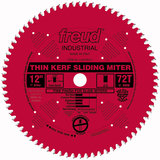 Secret #1: Use a Good Blade
Secret #1: Use a Good Blade
Most miter saws come with a blade for rough-cutting 2x4s. Could you switch it out for a blade capable of making splinter-free cuts in solid woods and sheet goods? Blades with high tooth counts cut cleaner but more slowly. You can use only blades with a negative tooth pitch angle on sliding miter saws.
Secret #2: Wait Until the Blade Stops
A lot of damage can be done when you lift a spinning blade from the workpiece after making the cut. The blade can catch the workpiece and cause splintering. Doing so can also launch a small cutoff piece across the shop or at you. Be patient and wait until the blade stops before lifting it out of the cut.
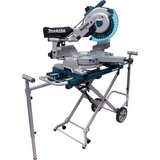 Secret #3: Extend Your Support
Secret #3: Extend Your Support
For safety and accuracy, longer workpieces should be supported beyond the ends of the saw’s table. Some miter saws have extendable supports. You can also use roller stands. Many portable miter-saw stands have built-in, extendable supports.
Secret #4: Raise the Work Piece to Increase Capacity
If your workpiece is just a bit wider than your saw’s capacity, you can effectively increase the saw’s cutting capacity by raising the workpiece. For example, on a 10″ machine, you can increase cutting-width capacity by about ½” by placing the workpiece on ¾” plywood. Be sure to use hold-downs to keep the boards in place.
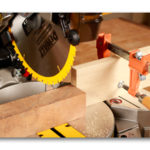 Secret #5: Use Stop Blocks for Repeatable Cuts
Secret #5: Use Stop Blocks for Repeatable Cuts
Simply clamp a scrap piece to your fence to see multiple pieces to the same length. Place one end of your workpiece against the block, make the cut, and repeat.
View more Tool Tips on the Acme Tools blog!

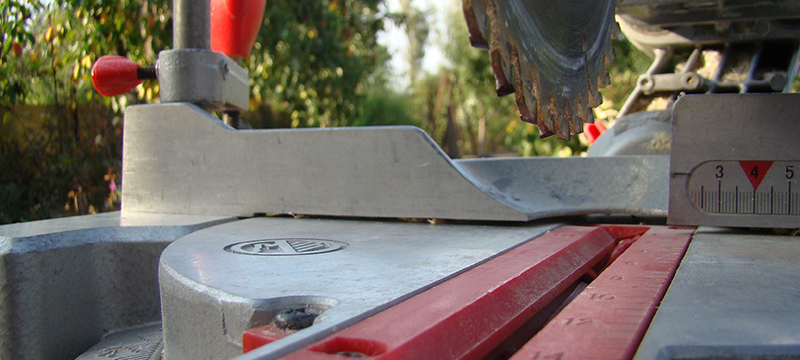
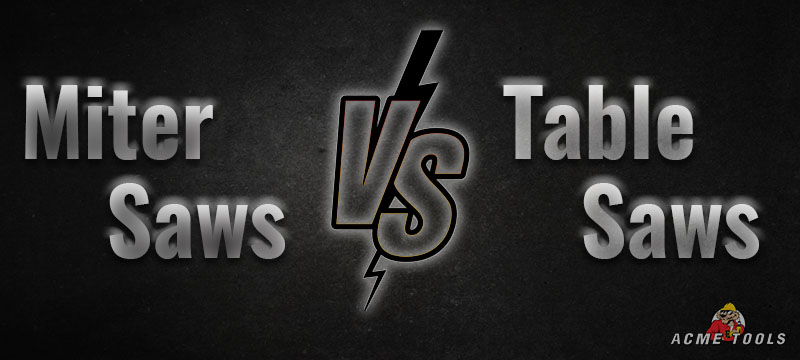
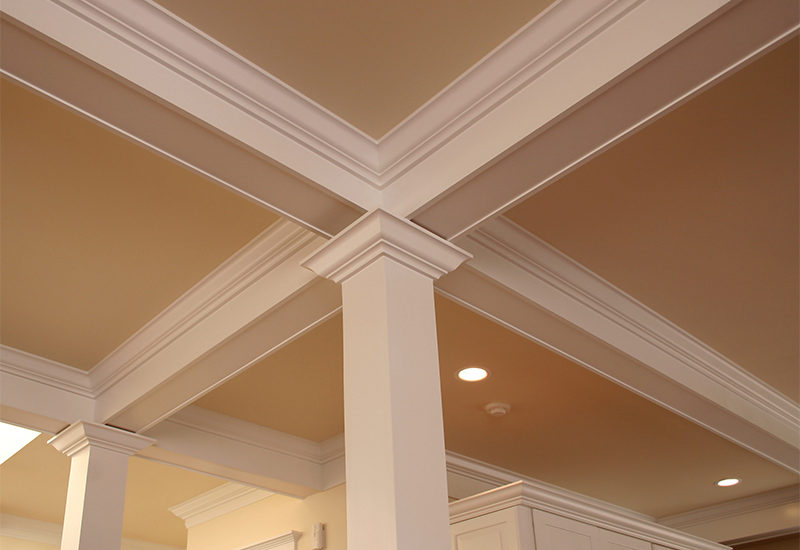
8 Comments
Garry A Harris
April 5, 2017 at 11:02 amI used stop blocks to cut miters for jewelry boxes. I had pieces the exact length I wanted and could repeat the cut. Also, better cuts are made if you clamp the wood in place.
Acme Tools
April 5, 2017 at 11:57 amHi Garry, Thank you for your comment. Great idea to use stop blocks for repetitive cuts and the clamp to hold your material still. It is alway best to have the material clamped in when possible. It will give you a better cut and your hands can be further away from the blade.
Thank you,
Acme Tools
Paul
July 26, 2018 at 2:03 pmGood miter saw tips — some basic, but important for achieving a quality cut. Even experienced users should make sure they have this down pat. I’ve been looking for a new (quality) miter saw to buy; luckily I’ve found some great resources with buying guides. I was talking to the guys and they actually recommended I check out your content. I’ll definitely keep these tips in mind for when I start my work. Thanks
Jeanie Malone
July 15, 2020 at 5:44 amThank you so much for sharing this information. I am a novice knowing little and learning much. I’m being given my deceased uncle’s miter saw soon and look forward to employing all the advice you’ve shared.
jeanandre
January 2, 2021 at 10:27 amhi, this is a very helpful article, really I have got some ideas from here and learned something new. because you explained it with a very easy method step by step. thanks for sharing this valuable post.
Ahmed Shuvo
July 30, 2022 at 1:37 pmIt is great to have such information that enrich us. Lets have more details on these topics that will help us to use and get benefits from Saw. Cheers!
Ahmed Shuvo
August 5, 2022 at 11:26 amGreat, such a helpful information to use our Saw properly. Want more guidelines like this.
Willie
October 20, 2023 at 4:22 amThanks for the valuable tips on achieving better miter saw cuts. I found the advice on using stop blocks for repeatable cuts especially helpful, as I often find myself cutting multiple pieces to the same length. My question is, when it comes to blade maintenance, how often would you recommend sharpening or replacing the blade to ensure consistent, clean cuts? And are there any signs to look out for that indicate a blade is becoming dull